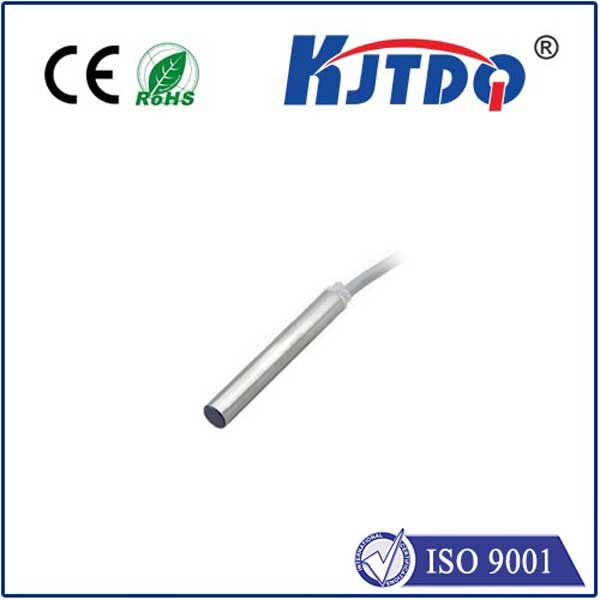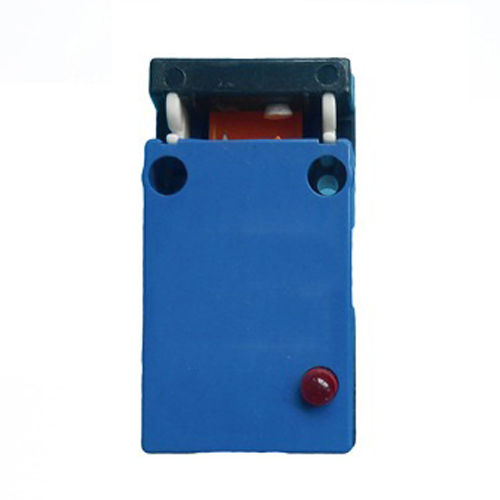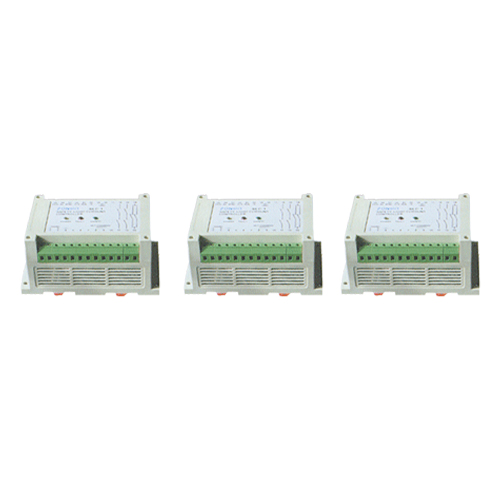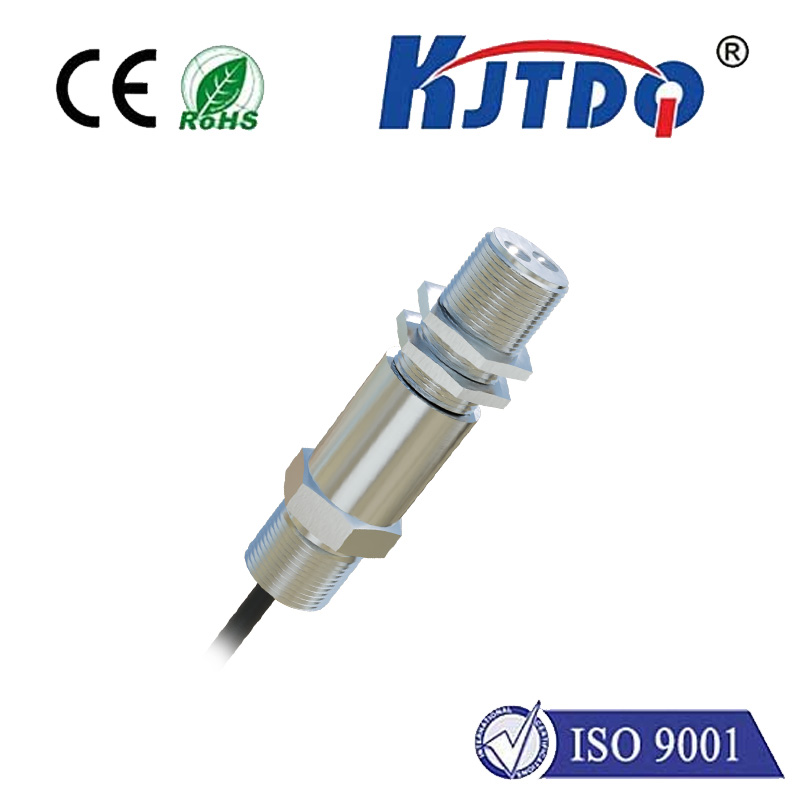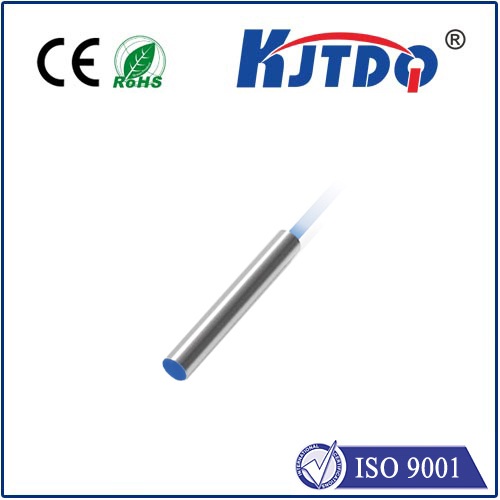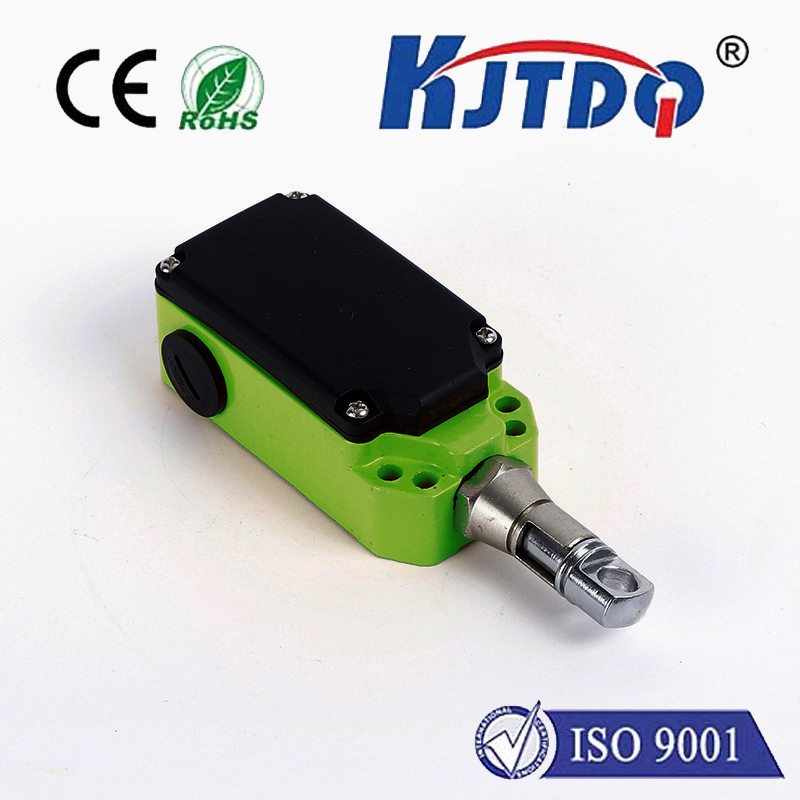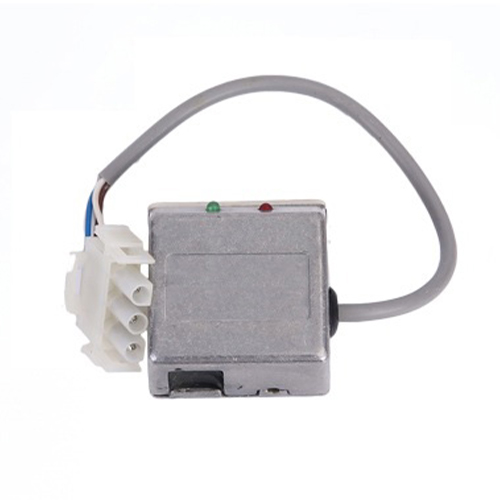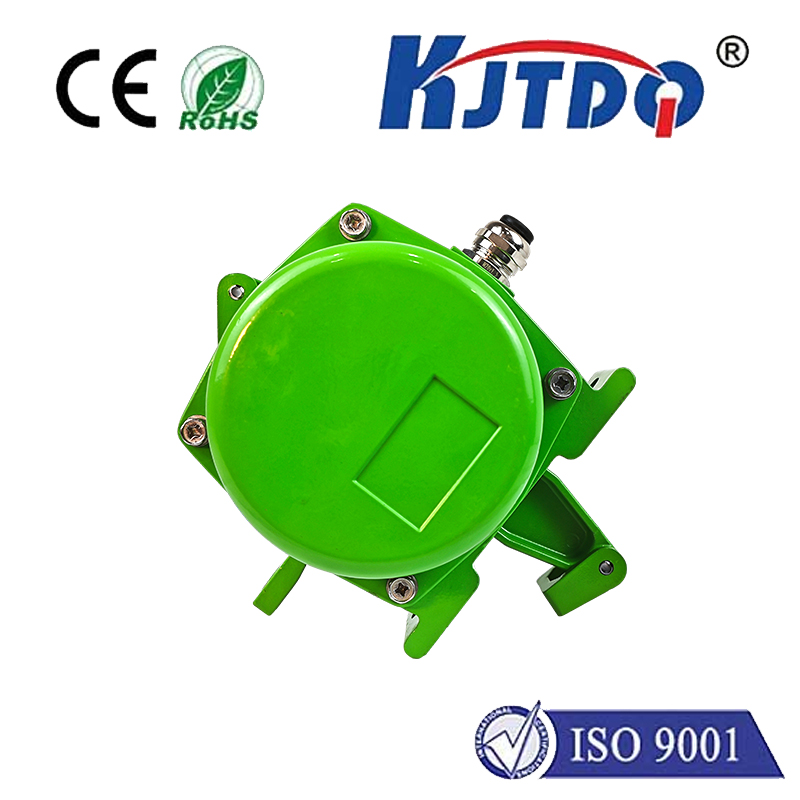sensor proximity
- time:2025-09-05 13:28:34
- Нажмите:0
Beyond Touch: How Sensor Proximity Shapes Our Invisible Interactions
Introduction: The Unseen Hand Guiding Our Tech
Have you ever wondered how your smartphone screen magically dims when held to your ear during a call? Or marveled at a faucet that starts flowing the instant your hands move near it, without a single touch? These seemingly simple, almost magical interactions are the everyday manifestations of a powerful, yet largely invisible, technology: sensor proximity. This silent choreographer orchestrates countless moments in our lives, enhancing convenience, improving safety, and enabling intuitive interfaces we often take for granted. Understanding the principles and applications of proximity sensing reveals a fascinating layer of our tech-infused world.
Demystifying Sensor Proximity: The Core Principle
At its heart, sensor proximity is about detecting the presence or absence of an object within a specific range without any physical contact. It answers a fundamental question: “Is something nearby?” Proximity sensors accomplish this feat by emitting a field or signal (electromagnetic, infrared, acoustic, or magnetic) and then detecting changes in that field caused by the approach or presence of a target object. The sensor interprets this change as a proximity event, triggering a predefined action. This non-contact detection is what makes them so versatile and reliable in diverse environments.

Unpacking the Toolkit: Common Proximity Sensor Types
The magic of proximity sensing comes in several flavors, each employing distinct physical principles suited to different tasks:
- Capacitive Proximity Sensors: These sensors generate an electrostatic field. When an object (conductor or even a non-conductor with sufficient dielectric properties, like a human hand) enters this field, it alters the sensor’s capacitance. This change is detected. Ideal for touchless switches (like elevator buttons), liquid level detection, and smartphone screen blanking during calls. They excel at detecting objects close by, often just millimeters away.
- Inductive Proximity Sensors: Built to detect metallic objects, these sensors generate an oscillating electromagnetic field using a coil. When a metal target enters this field, it induces eddy currents within the metal, causing a measurable change in the sensor’s oscillation amplitude or frequency. Widely used in industrial automation (counting metallic parts, detecting machine tool positions, conveyor control), robotics, and security systems where metal detection is key.
- Infrared (IR) Proximity Sensors: These sensors typically consist of an IR emitter (like an LED) and an IR detector (like a photodiode or phototransistor). The emitter sends out an infrared beam. The detector senses either the reflection of this beam off a nearby object (reflective mode) or the interruption of a beam between separate emitter and detector units (through-beam mode). Commonly found in automatic faucets and soap dispensers, touchless hand dryers, robotics (obstacle avoidance), and smartphone gesture control.
- Ultrasonic Proximity Sensors: Operating like bats using echolocation, these sensors emit high-frequency sound waves (ultrasonic pulses) and listen for the echo. The time it takes for the echo to return is used to calculate the distance to the object. Excellent for detecting objects of various materials over longer ranges than capacitive or inductive sensors, used in parking sensors, level sensing in tanks, pallet detection in warehouses, and some robotics applications. They are less affected by object color or transparency compared to optical sensors.
The Ubiquitous Impact: Where Sensor Proximity Powers Our World
The applications of sensor proximity stretch far and wide, subtly enhancing efficiency and experience:
- Consumer Electronics Revolution: This is where most people encounter it daily. Beyond screen blanking in phones, it enables:
- Auto-brightness adjustment based on proximity to your face or pocket.
- Wake-on-approach features for laptops and tablets.
- Gesture control interfaces hovering over screens.
- Preventing accidental “ear dialing” or screen presses.
- Industrial Automation & Manufacturing: Here, proximity sensors are workhorses:
- Precise object detection on fast-moving production lines (counting bottles, detecting labels).
- Machine safety – halting operations when a hand enters a danger zone.
- Position feedback for robotic arms and actuators.
- Material handling – pallet presence/absence in warehouses, conveyor synchronization. The reliability and robustness of inductive sensors are invaluable here.
- Safety Systems: Proximity detection is crucial for preventing accidents:
- Rear parking sensors in vehicles.
- Automatic door operation systems in buildings and elevators.
- Collision avoidance systems in drones and automated guided vehicles (AGVs).
- Safety light curtains protecting machinery operators.
- Home & Building Automation (Smart Environments): Adding convenience and efficiency:
- Automatic faucets, soap dispensers, and paper towel dispensers in restrooms (improving hygiene).
- Touchless light switches activated by a wave of the hand.
- Energy savings by detecting human presence for lighting and HVAC control in rooms.
- Robotics: Enabling spatial awareness and interaction:
- Obstacle detection and avoidance for mobile robots and vacuum cleaners.
- Accurate positioning relative to workpieces or docking stations.
- Ensuring safe interaction between collaborative robots (cobots) and humans.
Advantages: Why Choose Proximity Sensing?
The popularity of proximity sensors stems from significant advantages:
- Non-Contact Operation: Eliminates wear and tear, allowing detection of delicate or moving objects.
- High Reliability & Long Life: Few moving parts and robust designs make them suitable for harsh industrial environments.
- Fast Response Times: Capable of detecting very rapid changes in position, crucial for high-speed automation.
- Многогранность: Available for diverse target materials (metal, plastic, liquid, human skin) and detection ranges (from mm to meters).
- Resistance to Environmental Factors: Many types are unaffected by surface dirt, oil, or water (within their IP rating), unlike mechanical switches.
Conclusion: The Future is Sensing Nearness
From the smartphone in your pocket to the complex assembly lines building it, sensor proximity acts as an unseen facilitator, constantly answering the question “Is something there?” Its ability to provide reliable, non-contact detection makes it an indispensable component across countless industries and applications. As technology evolves, we can expect proximity sensing to become even more sophisticated – enabling finer gesture control, enhancing safety in autonomous systems, driving intuitive interaction in smart environments, and playing a pivotal role in the seamless integration of the physical and digital worlds. The silent awareness of proximity sensors truly shapes how we interact with the technology around us.

